What is a Smart Alarm Clock?
Gradually Awaken in a Lighter Sleep Cycle
A smart wake up is a gradual wake up
The right way to wake up is gradually. Getting a soothing alarm experience first thing in the morning can set your day off right. This can be made possible with customized sounds and subtle light exposure that emulates a sunrise. Some of the most popular wake up sounds in SleepSpace are bird sounds and the 528 hertz tone (the miracle frequency). Others like to start the day with an energizing meditation, which can also be set within SleepSpace (i.e. Pablo's Relaxing Chimes meditation). Waking up gradually is beneficial for a few reasons: 1) It helps you get a bit more sleep when you need it, and 2) It prevents something in sleep science called, 'sleep inertia' by waking you up in a lighter sleep stage. Sleep inertia is simply a fancy term for morning brain fog.
While waking up naturally, without an alarm clock, is ideal; sometimes we need to use an alarm in the morning. The SleepSpace Smart Alarm clock is proven to help you wake up more refreshed and reduce the likelihood of brain fog. By waking you up very gradually over a 10 minute period, we are more likely to awaken you in a lighter stage of sleep, which is beneficial. Additionally, on those nights where you may periodically have a crumby night of sleep and you need to catch some more Zzz’s you will likely wake up later in the alarm cycle, around minute 9 or 10. Whereas, if you had a good night sleep you will wake up earlier. The reason for this is that it is harder for you to wake up when you haven’t slept enough or are in the wrong cycle of sleep. This helps you get the sleep you need, when you need it most. An important thing to know about your sleep is that even a few minutes of extra sleep a night can have a dramatic improvement on your health and cognitive functioning.
Benefits of our smart alarm
1. Wake up gradually in your lightest sleep cycle by starting very quiet and gradually increasing in volume.
2. Hit the snooze button in the morning with the simple shake of your phone to fall back asleep faster.
3. Use the vibration wake setting to not disturb your sleep partner.
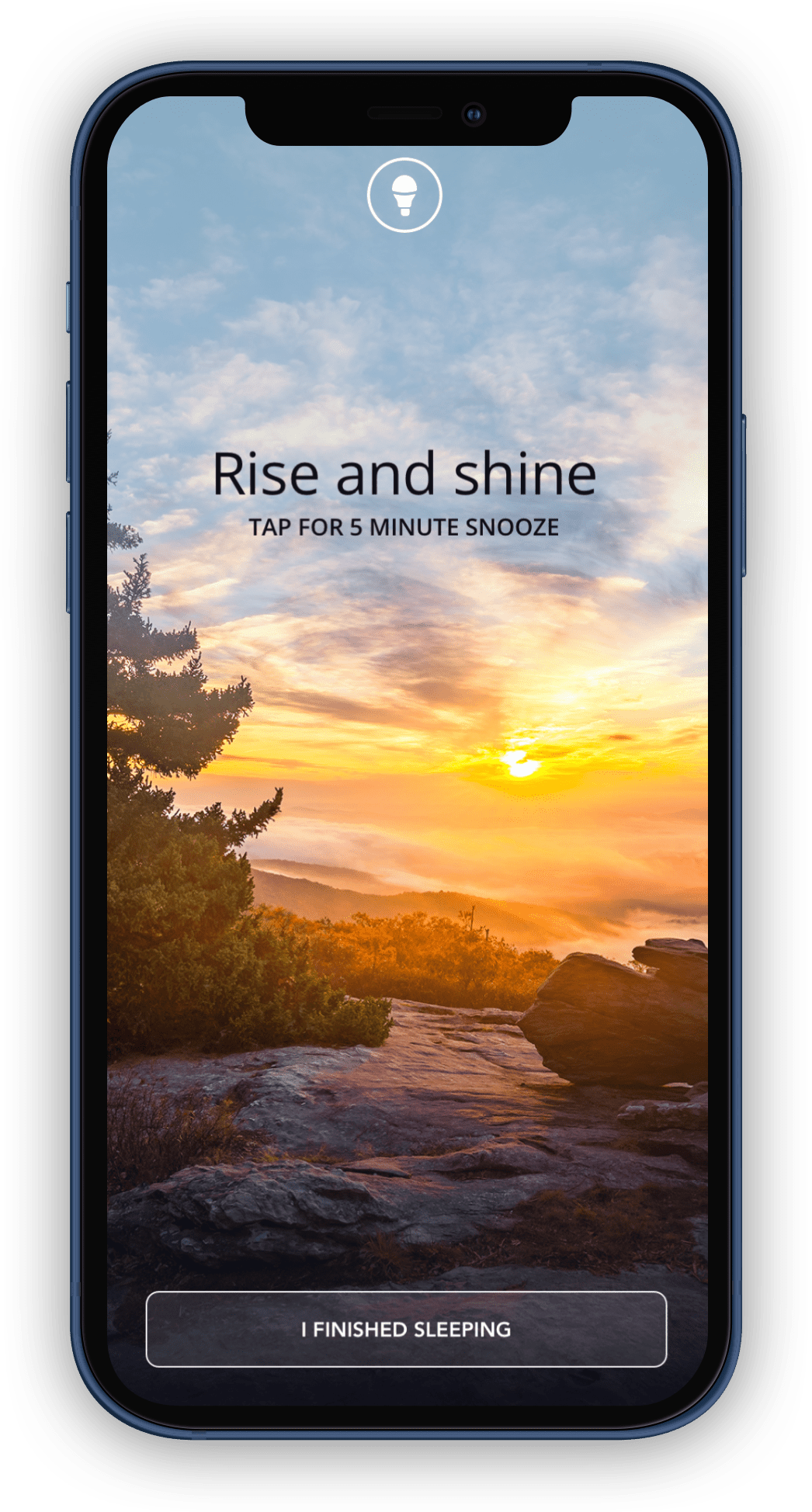
Sleep inertia, the scientific term for morning brain fog
Sleep inertia is a term used to describe the groggy and disorienting feeling that one experiences upon waking up in the morning. This phenomenon can make it difficult for individuals to get out of bed and start their day, which can impact their overall productivity and performance. Fortunately, there are steps that one can take to minimize the effects of sleep inertia and start their day feeling more refreshed and alert.
More on waking in light sleep
Remember, even light sleep is regenerative, this is why it is important for alarms to never wake you up earlier. After all, most people are usually not getting enough sleep (about 40% of Americans). If you wake up tired, this is a good indicator that you are one of these people. Therefore, it is almost always better to get extra sleep that you need instead of depriving yourself. The one exception is napping, where sometimes if you wake up around 1 hour into a nap you can wake up in a deep stage of sleep, which is a disruptive sleep pattern to awaken from.
The SleepSpace App can also vibrate you awake as to not disturb your sleep partner. By playing the minimal sound dosage necessary to awaken you, it also reduces the likelihood of awakening your sleep partner.
More about shake to snooze
By snoozing with the simple shake of the phone, this enables you to get back to sleep faster. Now you can turn off the morning alarm with a simple gesture. This is available for both iPhone and Android versions of SleepSpace. On the iPhone version of SleepSpace you can also set the alarm to tap to snooze if you are worried about subconsciously snoozing the alarm and not awakening in the morning. Both version of SleepSpace enable you to set your snooze duration to 5 minutes, 10 minutes, 15 minutes, or 20 minutes.
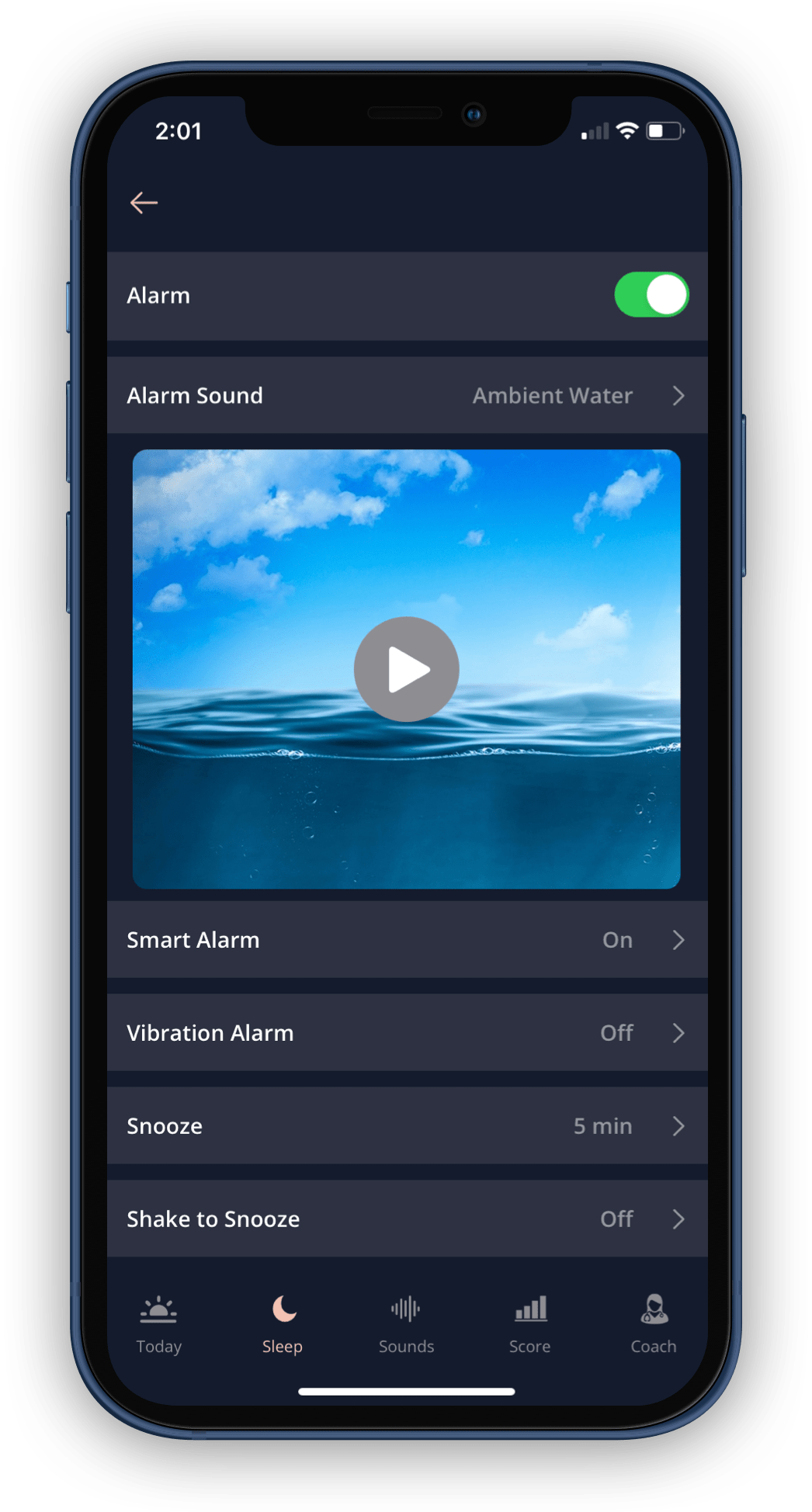
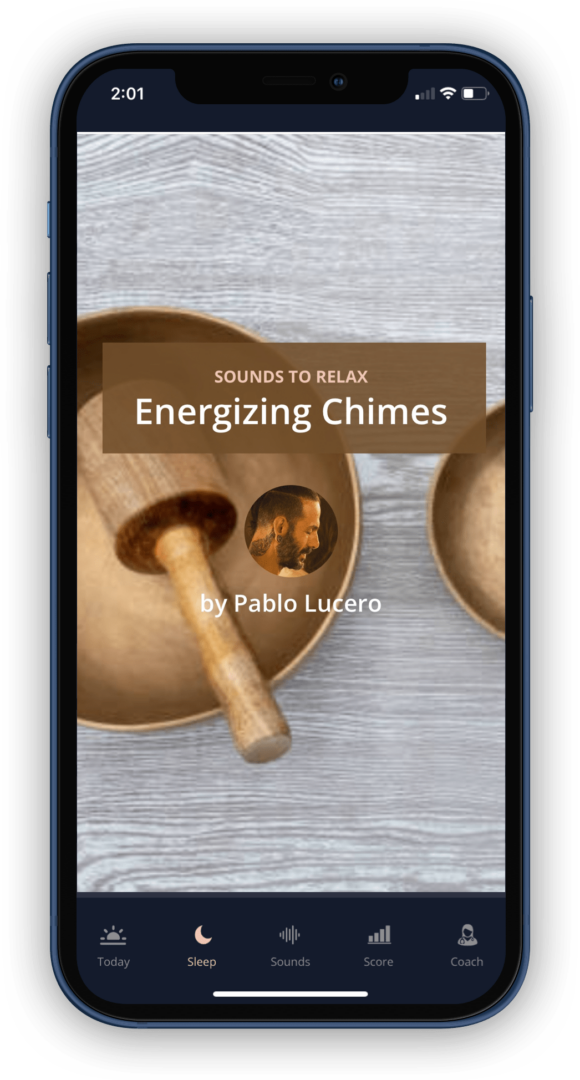
Wake up with Smart Light
SleepSpace has also teamed up with LIFX smart bulbs in order to awaken you with the science of light. Connect your SleepSpace app to your LIFX Bulbs to mimic the light of the sun as you wind down at night and wake up in the morning. This entrains your circadian rhythm for a better night of sleep. By waking up with light, you are waking up how we were meant to awaken every morning. You can set the light to ramp up gradually and get very bright in order to more thoroughly entrench your circadian rhythm as well. Combine our smart alarm clock sounds (i.e. birds or 528 hertz) with the gradual light wake up for a morning experience that will help you conquer morning brain fog. Then when you indicate that you have awakened in the morning, the lights brighten to 100%. While direct sunlight outside is ideal in the morning, this helps activate your circadian rhythm in order to improve your alertness. This experience can reduce sleep inertia and is backed by science. For more details about how to address sleep inertia, see this Quartz article that Dr. Gartenberg helped write.
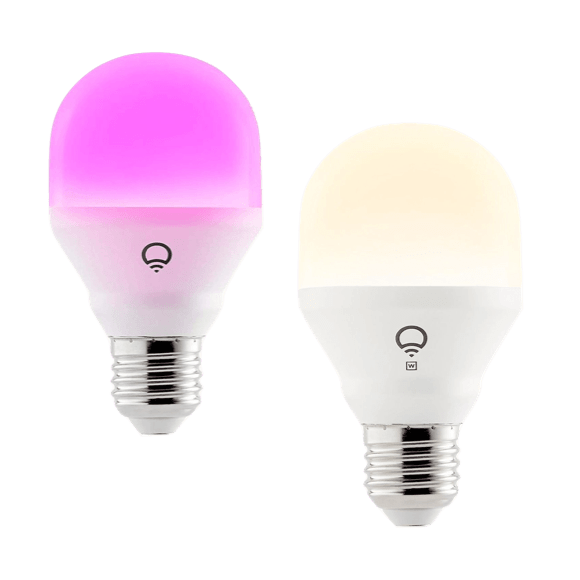
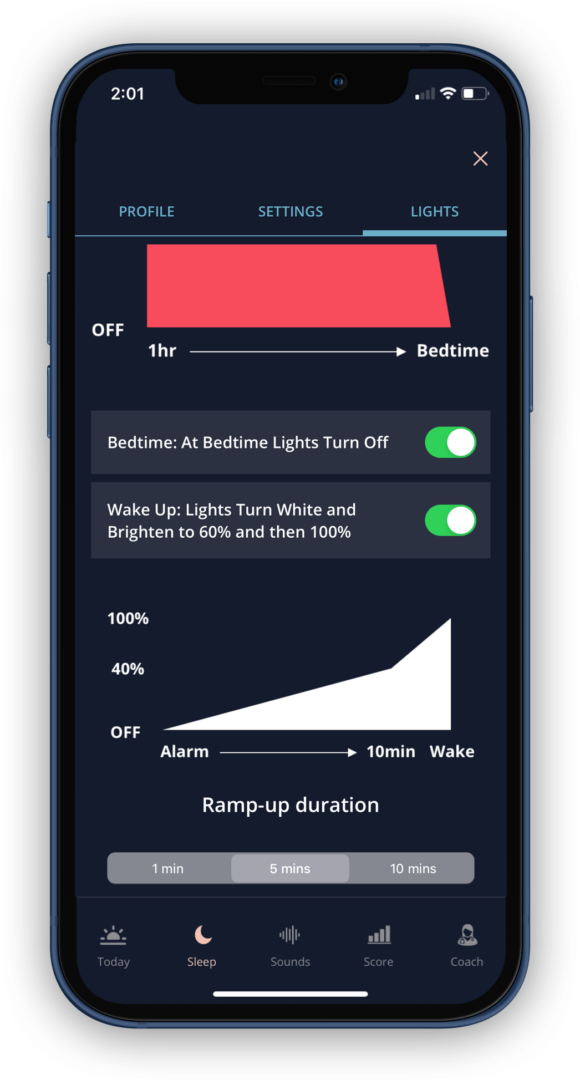
Integrate the SleepSpace Smart Bed into your wake up ritual
Want to take things to the next level? We invented the SleepSpace Smart Bed to accurately measure your sleep without touching you and to precisely deliver sounds to you throughout the night on your side of the bed. This reduces the likelihood that your smart alarm will wake up your sleep partner. When your alarm goes off, you will always know where your phone is, so you can simply grab for it in the same location every morning and shake it to go back asleep. If you struggle with phone addition, the smart bed and phone charger can be placed at the foot of the bed so it is out of reach. Additionally, the metal frame of the phone holder reflects EMF, and the system can also work offline, in order to address the concern about phone frequency exposure throughout the night.
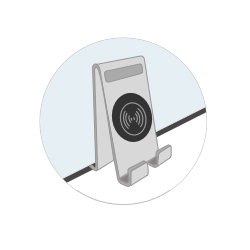
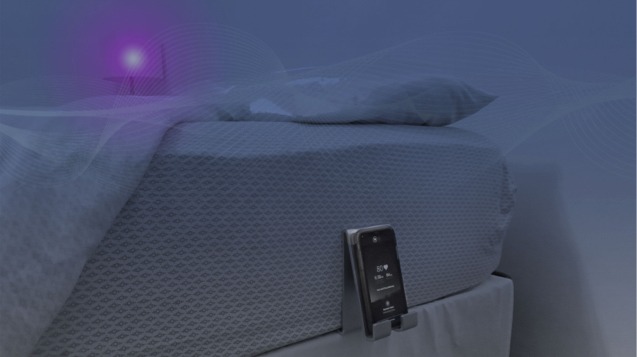
8 Additional brain fog hacks to reduce sleep inertia
Some additional solutions that can reduce brain fog in the morning include:
1) Splash cold water on your face or take a cold shower. This increases your internal body temperature to help rev up your body to start the day.
2) Drink coffee in the morning, but wait about 30 mins to 1 hour after you awaken for the coffee to have a better effect throughout the day.
3) Go for a walk outside and look towards the sun (but not directly at the sun). This is Dr. Andrew Huberman's main suggestion. If you don't have access to sun or live in a dreary environment, consider purchasing a happy lamp that emits 10,000 lux of light.
4) Make sure you are getting enough sleep!
5) Establish a consistent sleep schedule.
6) Avoid caffeine or alcohol before bed.
7) Use a smart sound machine, like one that is found in SleepSpace.
8) Avoid taking a very large dose of melatonin (> 5 mg).